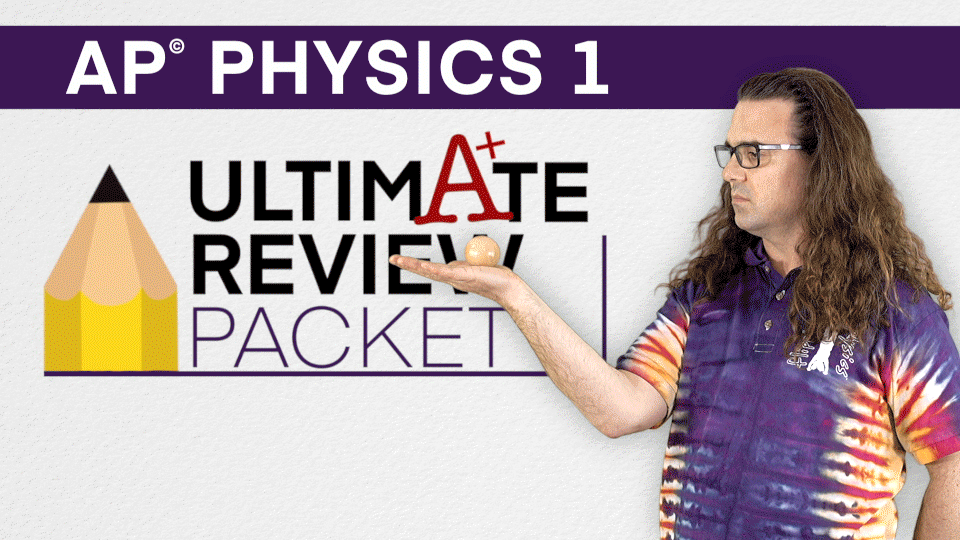Analyzing the Apollo 15 Feather and Hammer Drop
A Basic, Introductory Free-Fall Problem (6:01)
|
Apollo 15 Video Courtesy of NASA: The 1971 Feather and Hammer Drop Experiment performed by Astronaut David Scott. We analyze the experiment to determine the height from which the feather and hammer were dropped. It is a great, basic, introductory free-fall problem.
Content Times: 0:19 Why the experiment was done. 0:32 Let's enjoy the video 1:27 Beginning to analyze the video 2:23 Using the Frame Rate 3:00 Counting the frames 3:50 Solving for the initial height 4:51 The answer to how high the feather and hammer were dropped 5:31 The Review Further Reading:
Photo Permissions:
|


